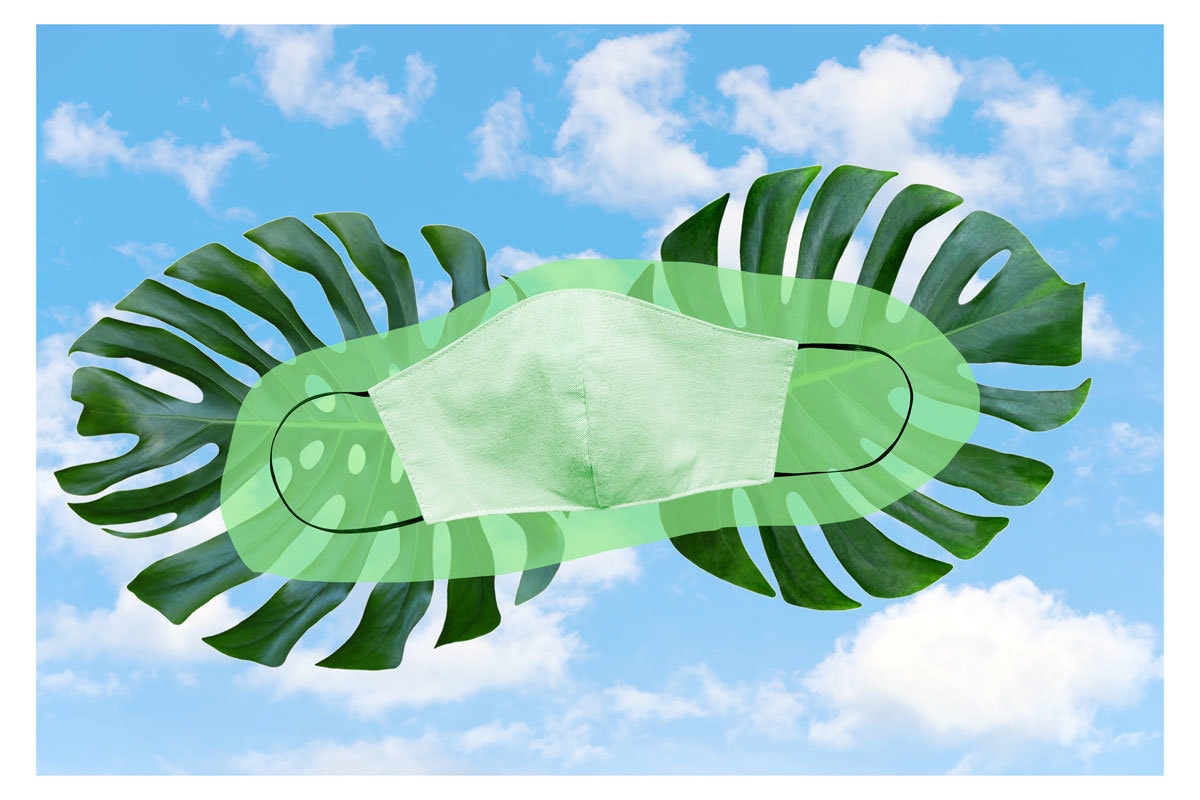
By Miranda Green
The coronavirus has made face masks a fact of life, at least for now. So how do you choose one that will keep you safe without being too hard on the environment?
There are basically four choices: N-95 respirators, surgical masks, reusable cloth face coverings and disposable paper masks.
N-95 respirators, which create a facial seal, and surgical masks offer the best protection. Experts say that for general use, though, the difference in safety is small while the contrast in sustainability is vast. The best bet for a reasonable balance of protection and sustainability, some say, is a reusable cloth mask.
Mark Nicas, an adjunct professor at the University of California Berkeley’s School of Environmental Health Sciences, estimated that, when worn properly, surgical masks and cloth masks are about equal (75 percent effective) when it comes to reducing the spread of viral droplets to people around you.
Cloth masks are less efficient at protecting you against droplets from others (about 50 percent effective for cloth, compared with 75 percent for surgical masks).
In terms of sustainability, however, “there is no question” that cloth masks are better for day-to-day use, said Gang Sun, a researcher in fiber and textile chemistry at the University of California, Davis.
That’s because medical grade N-95 masks and surgical masks are generally not reusable and usually made from synthetic materials that, like plastic, derive from petroleum and similarly do not break down quickly in landfills.
The same is true of disposable paper masks, which usually contain a lot of microplastics. A study by the University of College London’s Plastic Waste Innovation Hub found that if all 68 million residents of Britain were to wear one disposable mask everyday day for a year, it would amount to roughly 73,000 tons of plastic waste.
One other consideration: It’s important to reserve N95 respirators for health workers, who are more often exposed to both airborne droplets and fluid hazards like splashes and sprays.
The discussion doesn’t end there, though, because some cloth face coverings are greener than others.
Dr. Megan R. Schwarzman, a physician and environmental health researcher at University of California, Berkeley, suggested using masks made from remnant fabric or making your own face covering from household textiles like old T-shirts.
“Virgin fiber of any kind is going to require more energy, more resources and more toxic chemicals than something that has already been made,” Dr. Schwarzman said.
She says her choice for everyday protection is an item most people already have in their homes: a cotton bandanna.


